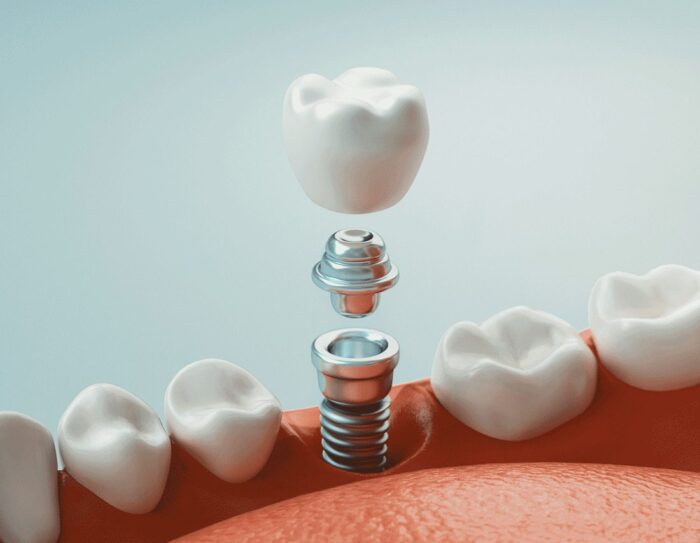Losing a tooth can be overwhelming. Not only does it change the look of your smile, but it also affects the function of your teeth as well. There are many tooth restoration options available to you. However, you must choose a replacement as soon as possible before additional side effects begin.
Without a substitute, your remaining teeth can shift, causing issues with your bite and speech. In addition, your teeth will move to fill the gap of your missing teeth, creating misalignment. As a result, you can experience issues with pain, discomfort, worn teeth, trouble eating, and difficulty speaking.
While there are many replacement options, you should consider one that gives you the freedom to move through your life without worry. In addition, some replacement options can provide you with immediate function. However, quick replacements may not give you the longevity or durability you desire. Dental implants can provide you with a durable, permanent alternative for missing teeth.


What Are Dental Implants?
Dental implants are titanium prosthetic tooth roots. Essentially, dental implants are like screws that sit in the jaw, holding a porcelain crown. Unlike other restorative options, dental implants look and feel like natural teeth. However, some tooth replacements are not as comfortable or convenient as dental implants. For example, dentures are removable, which allows room for dentures to move around and cause comfort issues.
Dental implants offer a permanent solution to missing teeth. Additionally, dental implants provide a solid foundation for dental crowns. The process may take several months to complete. However, the results are worth it.
What Is The Process?
If your dentist agrees that you are a candidate for dental implants, you will begin with a comprehensive exam and treatment plan. This will give your dental team a complete view of your health before diving into surgery. To prepare you for surgery and recovery, your team will also cover pain management and sedation options.
The first step of your surgical process is to place the post, which is the artificial tooth root. Your surgeon will make an incision in your gums to expose the bone. Then, they will drill a hole into your jawbone to place the post. Before placing the abutment or crown, the jaw must heal for several months. This is because the bone must completely integrate with the implant before receiving the rest. Total healing ensures a solid foundation for your prosthetic tooth.
Next, your surgeon will place the abutment, which is the connection between the post and the crown. Your gums need to be reopened to connect the two pieces. If you have this extra surgical step, you will need more time for your jaw to heal before getting a crown.
Finally, you can move to the last step once your jaw completely heals. You will need a new mold taken of your teeth to create the crown. Your dentist will then place the crown, finishing your dental implant process. Then, you can enjoy the look and feel of your new, functional tooth.
